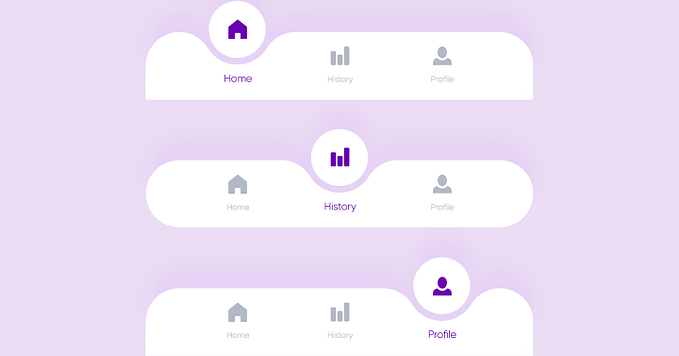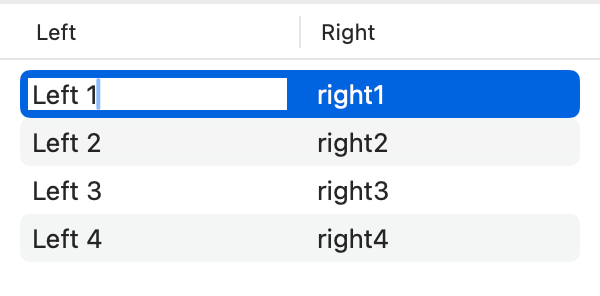Member-only story
6 hard skills of a successful product designer
What does it take to be a great Product Designer? Successful Product Designers have a healthy mix of hard and soft skills, ranging from UX Research to excellent collaboration with stakeholders. A large breadth of competencies is required to build a product and work cross-functionally with other disciplines to ensure the full vision is realized.
While soft skills are equally as important, this article will focus on the hard skills necessary to master. To learn about soft skills, you may read my article here.

1. Design Thinking
The concept of design thinking has been around for decades. In fact, Tim Brown, Executive Chair of IDEO, notes the engineer, Isambard Kingdom Brunel (1806–1859) as one of the first design thinkers. The term was thought to be coined in 1959, as John E. Arnold wrote about 4 key areas of design thinking in his book ‘Creative Engineering.’ However, it was IDEO co-founder David Kelley who expanded upon and socialized the idea of design thinking into business and innovation.
A solid and efficient design process is a vital part of product development. Stakeholders will look to you, as the Product Designer, to be the expert in this area. You should know where to start the process, depending on the ask of the project, and you should know how to execute this stage properly. This means utilizing the design thinking framework to understand a problem, establish a firm approach to problem-solving, and then develop solutions surrounding that problem. You can learn more about what design thinking is and how to apply it here.
2. Product-Oriented Approach
What separates a top Product Designer from the rest is the ability to speak and understand the Product Manager’s language. Honing in on this skill will enable you to stretch beyond the user goals, and allow you to to better understand the business goals and needs.
Understanding the ‘why’ from a business perspective will allow you to build a better product and communicate more effectively with stakeholders. You should be able to assess KPIs and measure the success rate. This means understanding product metrics and data and then forming logical conclusions or hypotheses based on the information.








